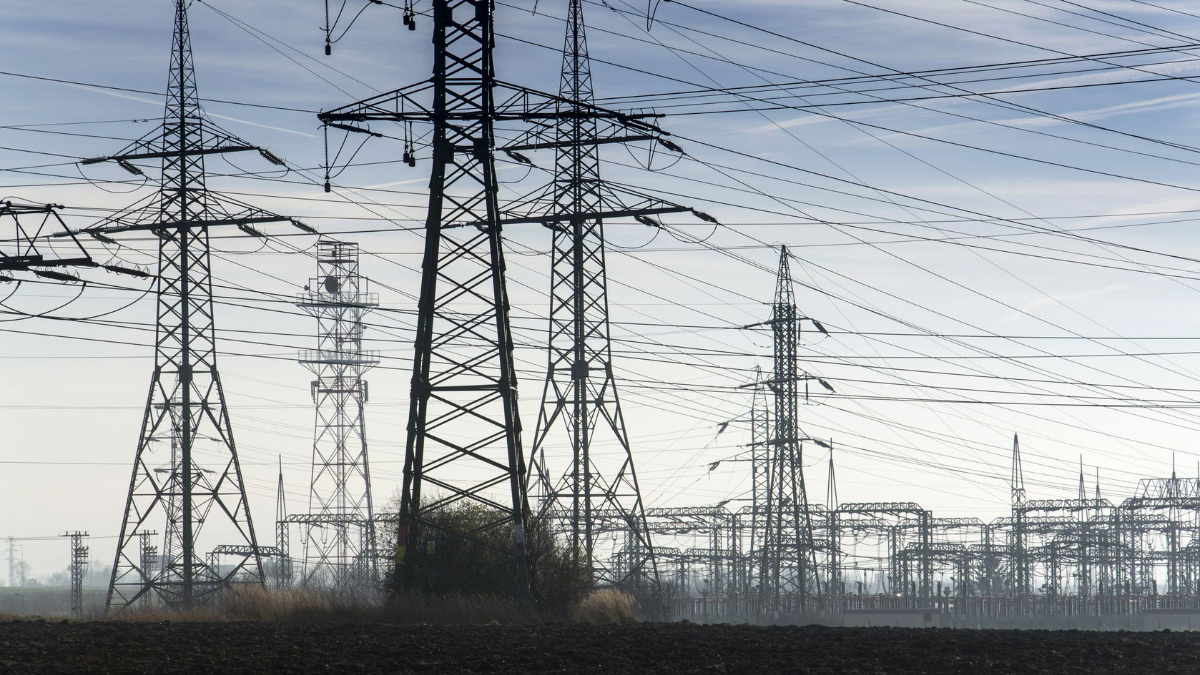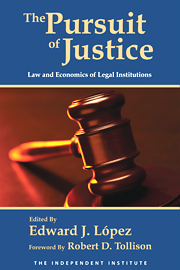Questions are swirling about the future of Pacific Gas and Electric—and gas and electricity service in general in California—since the company filed for bankruptcy protection in late January. In light of PG&E’s safety and financial issues, some state officials have proposed replacing its board of directors, forcibly breaking up the company, or even having the state government take over its operations. San Francisco is considering buying up some of PG&E’s infrastructure assets and developing its own municipal utility.
But greater—or total—government control would only exacerbate one of the main problems responsible for the company’s failure: its government-protected monopoly status, which encourages inefficiency and a lack of responsibility while denying competition and consumer choice.
The state has bestowed regional monopolies on the “Big Three” investor-owned utilities—PG&E, Southern California Edison, and San Diego Gas and Electric—and heavily regulates their prices and business practices. This monopoly status is justified based on claims that, because of the large capital and infrastructure investments needed to provide gas and electricity, these markets are “natural monopolies” that favor a single operator, and thus cry out for government regulation and intervention. It’s as if somehow the normal laws of supply and demand do not apply to these “natural” monopolists.
This special carve-out of economic theory for “public utilities” is erroneous, however, as Loyola University Maryland economics professor Thomas J. DiLorenzo explained in his 1996 paper “The Myth of Natural Monopoly.”
“There is no evidence of the ‘natural monopoly’ story ever having been carried out,” DiLorenzo asserted, adding that “in many of the so-called public utility industries of the late eighteenth and early nineteenth centuries, there were often literally dozens of competitors.” New York City was served by six electric light companies and six gas companies during the 1880s, for example, and Chicago had 45 electric companies in 1907.
But, as economist Horace M. Gray observed in 1940, “between 1907 and 1938, the policy of state-created, state protected monopoly became firmly established over a significant portion of the economy and became the keystone of modern public utility regulation.” This trend prompted all sorts of industries—including coal, oil, radio, milk, agriculture, air transport and even real estate—to try to gain “public utility” status—and the windfall profits and lack of competition that would result from it.
In other words, the regional utility monopolies we see today are the result of politics and government intervention, not market forces.
Not all cities have electric utility monopolies, however, and the differences are stark. Economist Walter J. Primeaux studied competitive and monopolistic electric markets and concluded, not surprisingly, that consumers in competitive markets benefited from lower prices and better services. In what should also not come as any shock, while consumers preferred competition, utility executives generally preferred monopoly. Why shouldn’t they, when it allows them to pass virtually any costs on to consumers without fear of losing market share to competitors? As Pennsylvania State University energy and environmental economics professor Andrew N. Kleit noted in a November 2016 Wall Street Journal column, “Because utilities’ profits are a function of how much they spend, there is little incentive to cut costs and increase efficiency.”
Government mandates, such as California’s efforts to push for “greener”—and more expensive—energy sources, the cap-and-trade program and other environmental regulations have driven consumers’ energy bills up even higher. California energy prices are already among the nation’s highest, and additional unnecessary environmental restrictions, along with the financial fallout from the severe wildfires in recent years, will only hike them further.
What consumers really need is competition, not more politicization of the gas and electricity markets. Political decision-making leads to waste, special-interest payoffs, and indulgence of the ideological whims of those few in power instead of economic realities. Free markets give consumers what they want—whether they are served by one company or 45. If enough consumers demand “cleaner” energy, the market will supply it.The government need only lift its monopoly protections and its numerous regulations to allow greater competition and consumer choice. Even if a single company were to be the major energy supplier in one place at any particular point in time, the mere threat of competition would force it to operate more efficiently, producing better outcomes for consumers.
But that would require politicians and bureaucrats to give up the power to dictate how businesses and consumers should behave—and no longer assuming credit for taking action to “solve” the problems they have helped to create—and that would be truly shocking.









